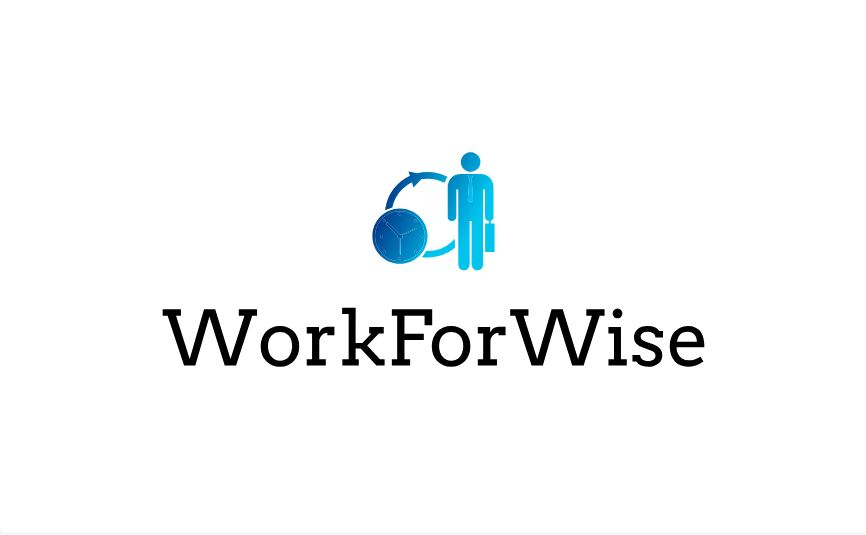- Home
- Products
WorkForWise

About WorkForWise
Real-time Communication Tools:
- Messaging Platforms:
Tools like Slack, Microsoft Teams, or Discord provide instant messaging, group channels, and direct messaging for quick communication.
- Video Conferencing:
Platforms such as Zoom, Microsoft Teams, and Google Meet enable face-to-face virtual meetings, discussions, and presentations.
- Voice Calls:
Tools like VoIP (Voice over Internet Protocol) services offer voice calls for clear and direct communication.
File Sharing and Collaboration:
- Cloud Storage:
Services like Google Drive, Dropbox, and OneDrive allow users to store, access, and share files from anywhere.
- Document Collaboration:
Applications like Google Docs, Microsoft 365, and Notion enable real-time collaborative editing and commenting on documents.
- Version Control:
Software such as Git and GitHub/GitLab facilitate version tracking and collaborative software development.
Project Management and Task Tracking:
- Project Management Tools:
Platforms like Trello, Asana, Jira, and Monday.com help teams organize tasks, set deadlines, and track progress.
- Kanban Boards:
Kanban-style tools visualize workflows and task statuses, making it easier to manage work in progress.
Virtual Whiteboards and Mind Mapping:
- Whiteboard Tools:
Tools like Miro and Microsoft Whiteboard provide virtual whiteboard space for brainstorming, planning, and drawing.
- Mind Mapping Software:
Applications such as MindMeister and XMind help create and collaborate on visual diagrams for idea organization.
Collaborative Editing and Review:
- Review and Approval Workflow:
Platforms like Adobe Acrobat and Dropbox Paper allow teams to review, annotate, and approve documents collaboratively.
- Markup and Annotation:
Tools such as Skitch and Loom enable users to annotate images, screenshots, and videos.
Shared Calendars and Scheduling:
- Calendar Apps:
Google Calendar, Microsoft Outlook, and Apple Calendar help teams schedule meetings, coordinate events, and manage time zones.
- Meeting Schedulers:
Tools like Calendly and Doodle simplify the process of scheduling meetings by allowing participants to choose available time slots.
Integration and Automation:
- Integration Platforms:
Tools like Zapier and Integromat automate workflows by connecting various apps and triggering actions based on events.
- Bots and Chatbots:
AI-driven bots, like Slack bots and Microsoft Teams bots, automate tasks and provide information within chat platforms.
Virtual Collaboration Spaces:
- Virtual Reality (VR) Collaboration:
VR tools like Spatial enable teams to collaborate in shared virtual spaces, enhancing the sense of presence.
- Virtual Offices:
Platforms like Sococo and Gather provide virtual office environments where team members can interact in a spatial layout.
Feedback and Communication Channels:
- Feedback Tools:
Platforms such as SurveyMonkey and Typeform help gather feedback and opinions from team members and stakeholders.
- Discussion Forums:
Internal forums or platforms like Reddit and Discourse foster in-depth discussions and knowledge sharing.
Security and Access Controls:
- Data Security
Collaborative tools provide encryption, access controls, and authentication mechanisms to ensure data protection.
- User Roles:
Differentiate user roles (admin, contributor, viewer) to control permissions and access levels within the collaboration tools.
Cultural Elements and Best Practices:
- Clear Communication Guidelines:
Establish rules for effective and respectful communication within the team.
- Transparency:
Foster an environment where information is shared openly, and decisions are communicated transparently.
- Diverse Collaboration:
Encourage cross-functional teams and diverse perspectives to drive innovation and creativity.

